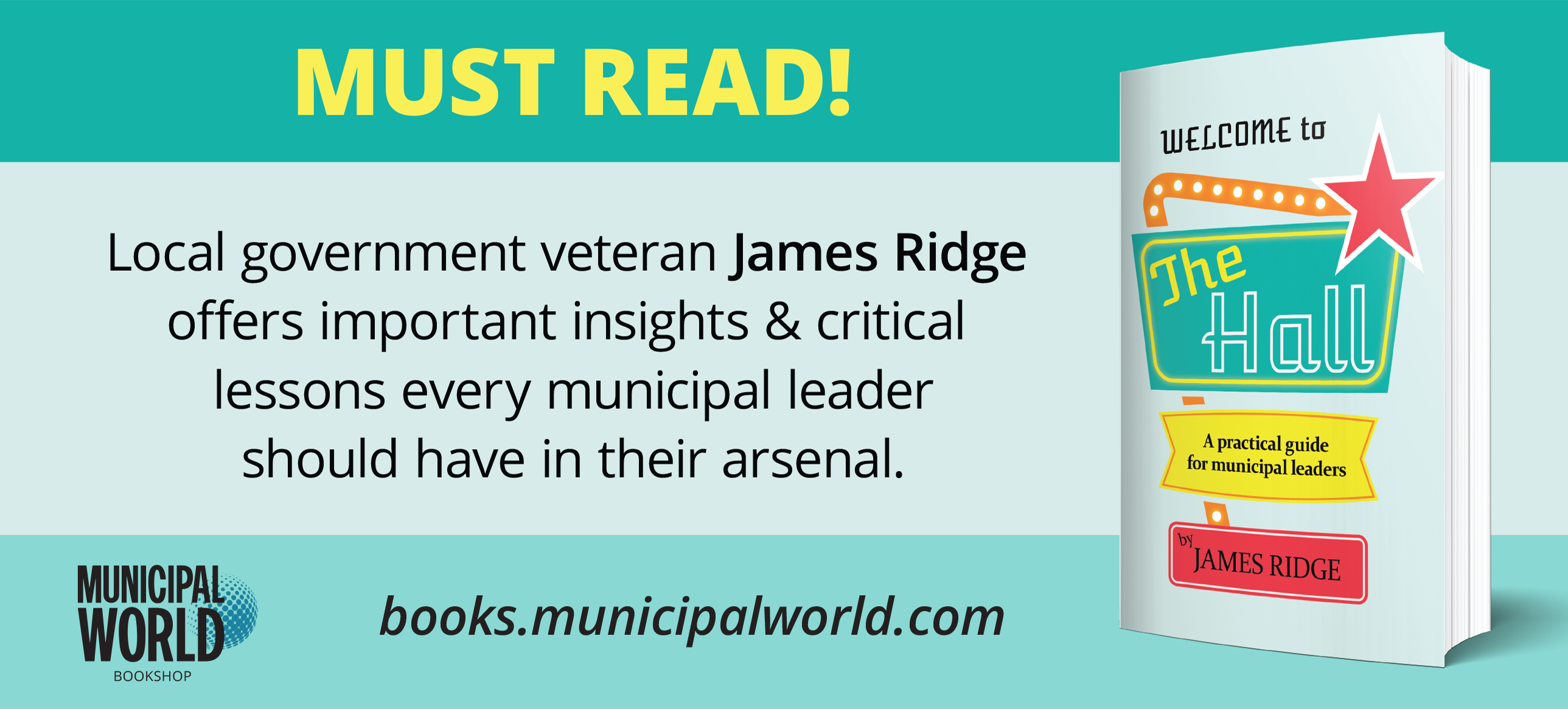What's going on with Stan? Coping in the era of exhaustion.

You and I need to talk about Stan:
- “He’s losing the thread in meetings.”
- “Why’s he so impetuous these days?”
- “Stan’s just not connecting the dots anymore.”
- “I’m seeing errors in judgment that concern me.”
- “He’s making some unintelligent trade-offs.”
The “Stan narrative” is making a lot of people squirm, none more so than you – and for three good reasons:
- Stan reports to you.
- He used to be a star performer.
- He still cares – and he’s working really, really hard.
So, what’s the deal with Stan? And, how might you change the ending to this story?
Welcome to the Exhaustion Era
Our “Stans” are:
- negotiating more choices than ever before in history;
- digesting more information in one week than their grandparents did in one year;
- serving demanding populations who are more entitled than ever;
- dealing with an unprecedented pace of change;
- reacting to shifting/creeping priorities with exhausting regularity;
- extinguishing fires set by councillors gone rogue;
- grappling with complex adaptive systems that defy logic; or
- covering the duties of one and a half (or even two) people.
What happens inside the brain of someone like Stan who is engaged but exhausted, dedicated but depleted?
Your body’s number one job is to survive. So, when you get exhausted, your body becomes very judicious in its use of fuel. Its first priority is ensuring your brain’s survival systems – your immune, digestive, and fight and flight systems – have sufficient fuel.
The easiest/fastest place from which to grab this energy is your metabolically expensive executive function (E/F): the gas-guzzling part of your brain that powers up higher-ordered, future-based, self-actualized thinking.
This means that, when people are exhausted, the first thing they lose access to is their executive function – the very thing that makes knowledge workers good at their jobs.
What does your E/F do?
Your E/F provides all the functionality that Stan has lost.
It enables you to:
- focus your attention in the midst of distractions;
- regulate your emotions in high stakes situations;
- bring disparate bits of data together to create surprising connections;
- anticipate the downstream implications of any action or plan; and
- create integrative solutions out of competing points of view.
When deprived of their E/F, even the most dedicated, best-intentioned person will default to workarounds, duct-tape fixes, the path of least resistance, reactivity, and fire-fighting.
And remember, we’re not talking about a bad employee here. We’re talking about someone who used to be a high performer. But now they are depleted. If this happens to enough people in your department, getting things done can be very difficult. To put a finer point on it, without energy, all your best strategies are at risk.
Energy: Finite, But Renewable
There are two things we know about energy in human beings:
Energy is finite – No matter how motivated and committed you are, your body has a finite amount of energy it can put out in a 24-hour period.
Energy is renewable – You can have a depleting meeting that leaves you exhausted by 3 p.m. Then, you go out for a walk with a colleague, and before you know it, your energy has been renewed for the rest of the day.
Because energy is finite, it is vital to identify the things that deplete peoples’ energy.
But, because energy is renewable, it is absolutely critical to also identify the things that release peoples’ energy. MW
✯ Municipal World Insider and Executive Members: You might also be interested in other articles by Brady Wilson, including: Restoring energy to exhausted, depleted employees? Manage energy, not engagement. Note that you can now access the complete collection of past articles (and more) from your membership dashboard.
Brady Wilson has a vision: organizations that pulsate with innovative energy. As the Founder of Juice Inc., he functions as a human energy architect, working with leaders to build the conditions in which innovation, value creation, and unforgettable customer experiences can flourish. He helps leaders step into life’s grittiest tensions, inspiring them to create a sustained approach to positive change – and better business results.
Related resource materials:



